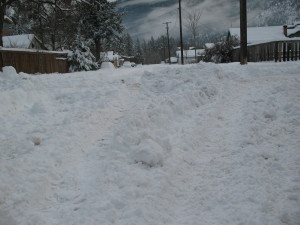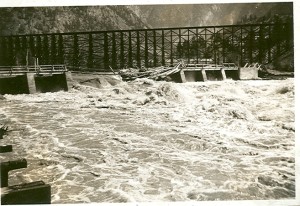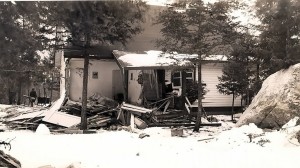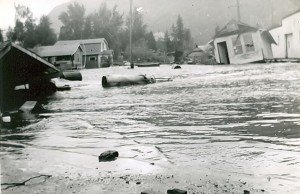Due to the unusually heavy snow fall and lack of plowing this week,

many Hedley citizens couldn’t get their cars onto the streets for a couple of days. We shovelled our driveways meticulously and then waited for the imminent arrival of a plow. In spite of our great expectations, most streets remained clogged with snow to the end of Tuesday.
For some this became a source of irritation. One individual complained bitterly about the lack of service in Hedley. A neighbour suggested I write about it in the paper. “We might get some notice from the plow crews next time,” he said. I thought he was somewhat overly optimistic as to any clout my chiding might have. I did take photos but decided taking Argo to task would not be a productive use of this space.
At 9 pm a grader did roll into town and the operator demonstrated remarkable skill and thoughtfulness. We had expected 3 foot high ridges of snow across our driveways when he departed. There were virtually none. My neighbour who asked me to blast Argo humbly recanted. Graham Gore, Manager of the Hedley Fire Department, phoned the company to compliment them on the snow clearing effort.
After the streets were cleared, it occurred to me that we are unaccustomed to having our plans unduly disrupted by what is sometimes referred to as an “Act of God”. When our television screen shows the nasty results of a disastrous event such as a tsunami, earthquake, tornado or flood, it is usually in some distant underdeveloped country. Disasters don’t happen in the Similkameen Valley, do they?
Certainly we have been spared the heartache and turmoil that inevitably accompany major catastrophes. It may be time though to look back into our history for a reminder that we haven’t been entirely immune from weather events, and that we cannot expect to always be spared. Even peaceful Hedley has experienced occasional body blows by Mother Nature and her willing accomplices.
An early example of the weather wreaking havoc is the washouts at the ends of the dam crossing the Similkameen River. Writing in “Mines of the Eagle Country“, historian Doug Cox says “the dam had

been completed in 1915, using shovels, picks, wheel barrows and horse teams. It’s purpose was to supply power for the Daly Reduction Plant and townsites.” According to Cox, in 1935 a heavy build up of ice floes generated sufficient force to take out the ends of the dam. Deciding the dam wasn’t worth repairing, the company dynamited the middle pier and abandoned the project. It wouldn’t be the last time weather disrupted the lives of Hedley residents.
On January 24,1939 the hard fist of calamity struck the community with the vengeance of a terrorist attack. According to the now

Jan. 24, 1939
defunct Similkameen Star, large boulders weighing as much as 25 tonnes broke off at the 1,700 foot level on Stemwinder Mountain. Some catapulted through homes, smashing them. Helen Moore, a former resident of Hedley now residing in Penticton, was living with her family in the slide area. A huge boulder crashed into the bedroom she shared with her sister. The Star reported that fortunately it came to rest between their beds and they were not injured. A man and a woman in another home were killed by a boulder that crushed their home. Subsequently a number of houses were moved from the slide area to Daly Avenue.
In 1948, and also in 1972, the elements again conspired to create havoc. In both cases 20 Mile Creek overflowed its banks. Ralph

Mackay, a longtime Hedley resident recalls that in 1972 “three houses went down the creek. A hydro pole and the lines came down. In one place the water line was uncovered and it was sticking out of the ground.” He saw the porch of a house near the creek hanging in the air. The ground had been washed out from under it. The nearby bridge on Webster Street had one end washed out. A large part of the town was under water.
Almost certainly these events were entirely unanticipated. Disasters usually are. When we are not troubled by unfortunate and unforeseen events for long periods, we become complacent. We see no need to be vigilant or to prepare.
The Canadian Red Cross has an Emergency Preparedness check list on its website to help us prepare for calamitous events. This could be a good place to start our own preparation.
